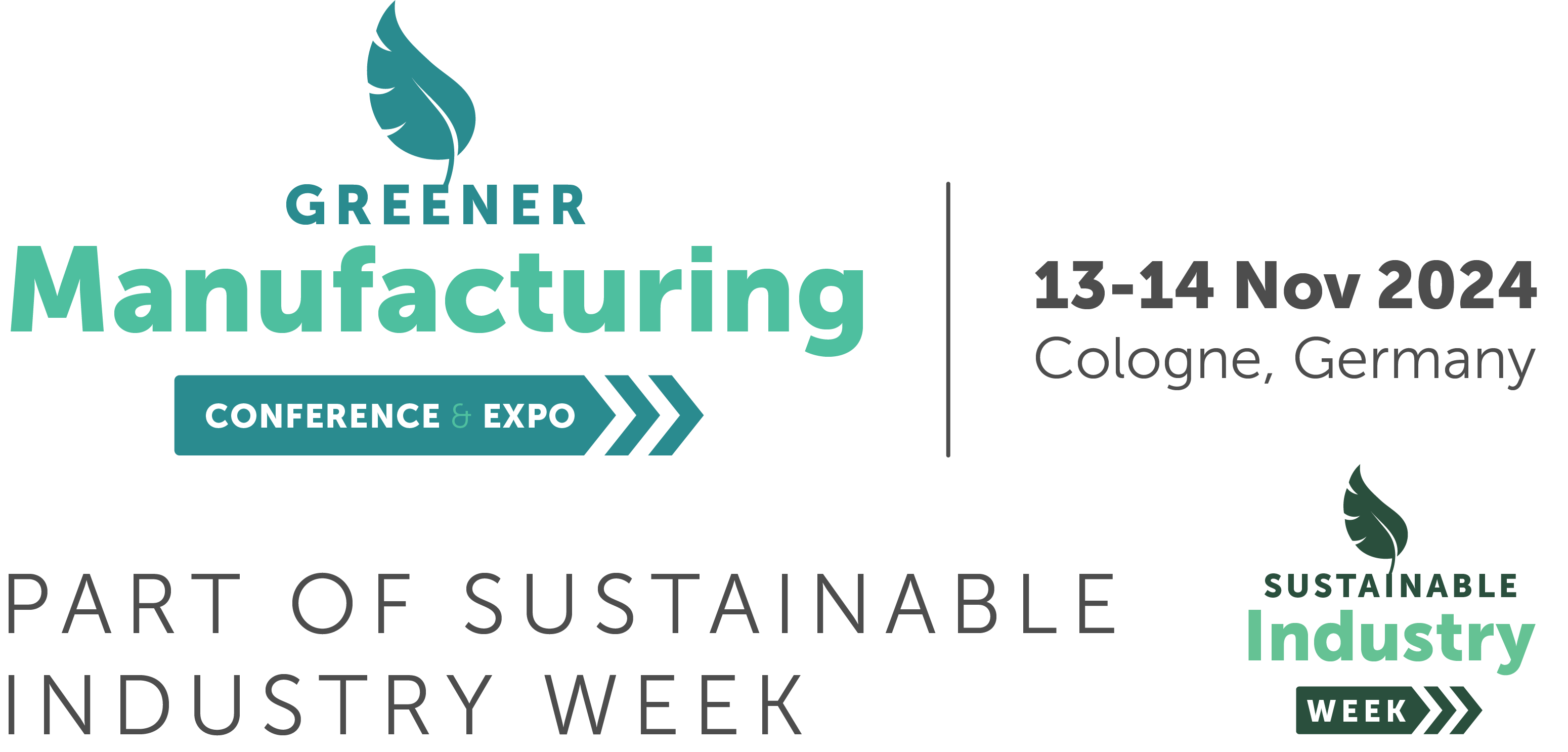Construction Prototype Built from Sunflower and Corn
)
Certain agricultural wastes, such as corn and sunflower stalks, have physical characteristics that can give building materials very satisfactory performance in terms of thermal insulation and water drainage, plus they are eco-friendly. They are bio-based raw materials with many environmental benefits: they are renewable and local, and act as carbon sinks stated a Barcelona Tech press release.
Developing these bio-based materials to minimise the environmental impact of construction and building a network of professionals driving innovation in the application of these by-products as building materials are the main aims of the project StructurAtion of a cross-border Value chAin for corn and Sunflower stems of COnstructions (SAVASCO).
It is a cross-border project led by the Université Toulouse III Paul Sabatier (France), with the participation of the Universitat Politècnica de Catalunya · BarcelonaTech (UPC), the Universitat Rovira i Virgili, the Institut National Polytechnique de Toulouse, the Catalan Federation of Agricultural Cooperatives (FCAC), the Coopérative d’Artisans Éco-Constructeurs Terre de Bois, the architecture cooperative Arqbag, the associated work cooperative COECO and other partners in the construction industry.
A group of researchers from the Interdisciplinary Group on Building Science and Technology, made up of teaching staff from the Vallès School of Architecture (ETSAV) and the Barcelona School of Building Construction (EPSEB), participate in the project on behalf of the UPC under the coordination of professor and researcher Mariana Palumbo, the assistant director of External Relations at the ETSAV.
According to Palumbo, “our greatest challenge as a society today is decarbonisation. In the construction sector, we need to radically change the materials that we use to build and rehabilitate our buildings in order to reduce their impact.” In this context, as explained by the researcher, “the ETSAV is committed to training future professionals to face this challenge, not just from theory but from practical demonstrations.”
The prototype of the SAVASCO project is a 5×5-metre structure built from corn and sunflower stalks combined with other materials, mainly biopolymers and soil. It has a light wooden frame on which construction formulas have been tested, for the purpose of demonstrating and maximising the versatility of several combinations of materials. A second prototype built in the facilities of the University of Toulouse in Tarbes, France, in a different climate zone, will allow to compare both structures in terms of hygrothermal behaviour and energy efficiency. The materials will be monitored over four years in order to assess the environmental, economic and social performance of the products developed.
The structure itself is considered a living research tool that will evolve over time to house new material tests just by replacing previous ones and without having to disassemble the structure. It will also house classroom activities to maximise its pedagogical value using an experiential approach. It is also expected to be open to public activities.





